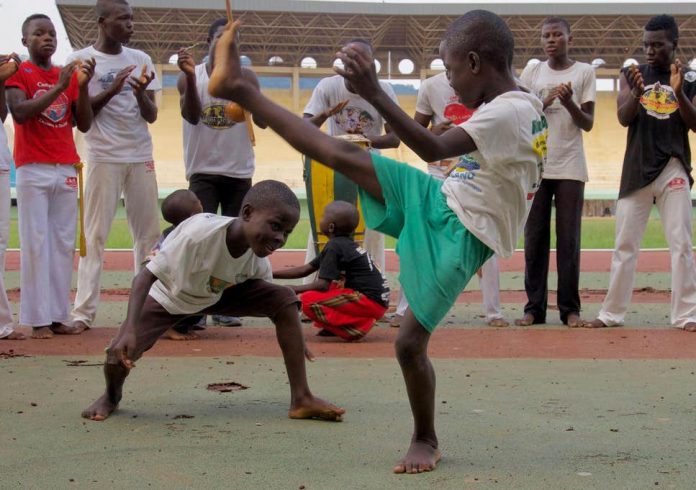
If someone asks you how many Brazilian Martial Arts you can name, what would be your answer? For most people, it is going to be two, whether they’ train martial arts or not. Just about everyone nowadays knows about Brazilian Jiu-Jitsu and Capoeira as authentic martial arts. While the two cannot be more different, the culture behind them is the same, and usually, people from both are cool with each other. Still, if you dig just a bit deeper, you’ll see that there are more than just two Brazilian martial arts. I managed to dig up a total of 6, but there must be more out there that are hard to pinpoint. Any and all contribution you might have is welcome!
Martial arts of the world are much more numerous than people think. There are pretty much martial arts that are indigenous to different geographical areas and have never left those regions! In that sense, some are old and barely surviving, while others are a huge part of the culture. With that in mind, we’ve taken a journey through the continental martial arts before. Now, it is time to focus on just one country and check out all the Brazilian Martial Arts in existence.
An Overview Of Brazilian Martial Arts
Brazil is one of those countries that has something for everyone. Despite a pretty much constantly ongoing political and economic instability, the country is still one of the top spots for people to visit. Apart from all the beaches, resorts and tourist stuff todo, plus, of course, the jungle, there ‘s also another thing that draws people to Brazil like a magnet – martial arts. In that sense, it is mostly BJJ and Capoeira that act as the magnets, but that doesn’t mean they’re the only Brazilian Martial Arts.
Brazil is known fo people that have an extreme fighting spirit and refuse to back down. There’s a reason why all the UFC events that take place in Brazil are particularly interesting to watch. In fact, Brazilian fighters are always interesting to watch, regardless of organization or the martial art they compete in. So far, Brazil’s legacy in the world of martial arts is extreme – it brought us BJJ. Thre’s hardly another martial art out there that can even come close to the impact that Brazilian Jiu-Jitsu has had on the world of martial arts in general. However, it is the youngest of Brazil’s Martial arts, and there are a host of others that predate it by huge amounts of time.
Despite all the other Brazilian Martial arts not having the success of BJJ, they’re still a big part of the culture in such a big country as Brazil, it is not only understandable but expected for different martial arts to represent different regions. In those terms, some of the Brazilan martial arts, apart from BJJ are also well known today. Among those, the standouts are Capoeria, Vale Tudo and Luta Liver. However, there are also others, like Kombao, Maculele and Huka Huka that you might not have heard of.
-
Brazilian Jiu-Jitsu
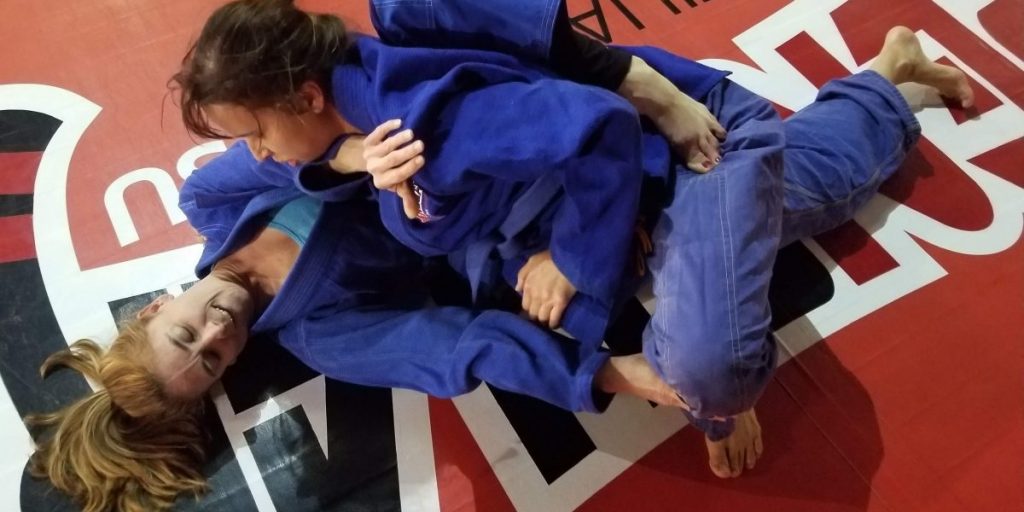
What Carlos, Helio, and later Rolls and other Gracies did, was take jUdo, and make it work for them. That’s pinpoint precise Bruce Lee philosophy in practice right there. As smaller people, they focused on the groundfishing aspects of Judo, modifying it beyond recognition. The result is an art of grappling that’s not only a worldwide phenomenon but still in its fairly early development. Today, BJJ is everywhere with people training ti for self-defense, as a sport, for MMA and every other reason you might think of.
Check out the very best collection of Brazilian Jiu-Jitsu instructional DVDs ever put together! Ther are well over 50 titles in there, and it is getting regular updates!
-
Capoeira
Capoeira is one of the most unique martial arts in the world. Even among the Brazilan Martial arts, it is pretty original. I guess you can say it is a striking martial art in general. However, just like with BJJ, it is far from even similar to other striking arts. In that sense, people in Capoeira use mostly the legs to strike, doing all kinds of crazy acrobatics along the way. In terms of training and competing, everything happens to music, giving this art a very unique and different vibe.
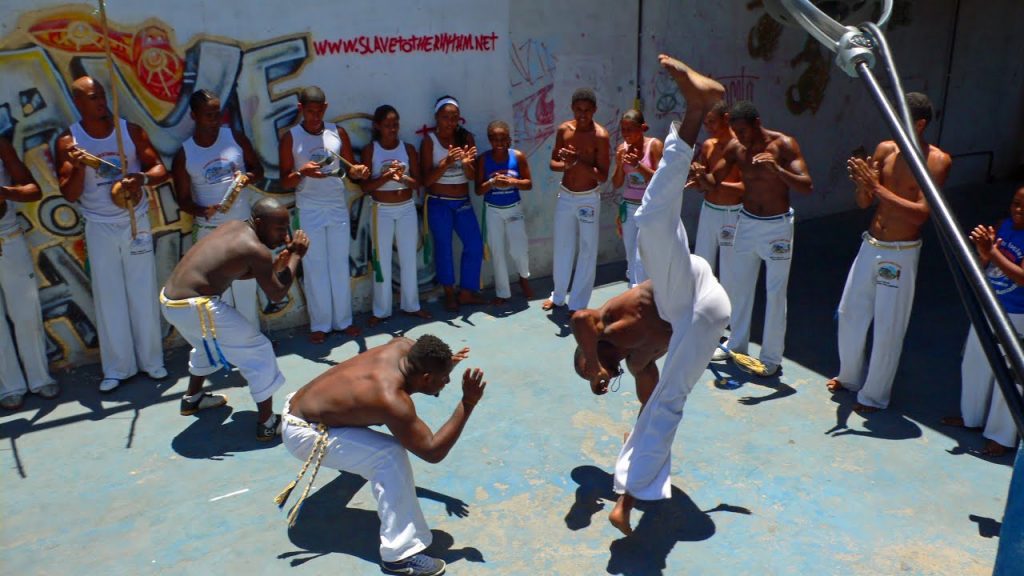
In essence, people that train gather in a circle called Roda. Two or sometimes more capoeiristas then participate in a “sparring” match. Specific instruments and music, along with specific singing accompany these performances. Actually, they pretty much define the speed at which matches take place.
-
Vale Tudo
In all honesty, Jiu-Jitsu would probably still be only a Brazilian thing if it wasn’t for a whole host of different factors. One of them was the ability to put BJJ to the test against all other Brazilian Martial Arts. And Vale Tudo proved to be the means of achieving just that. The literal translation of “Vale Tudo” is “Anything goes”. In short, it is MMA before MMA, or better said, Brazilian No Holds Barred Fighting.
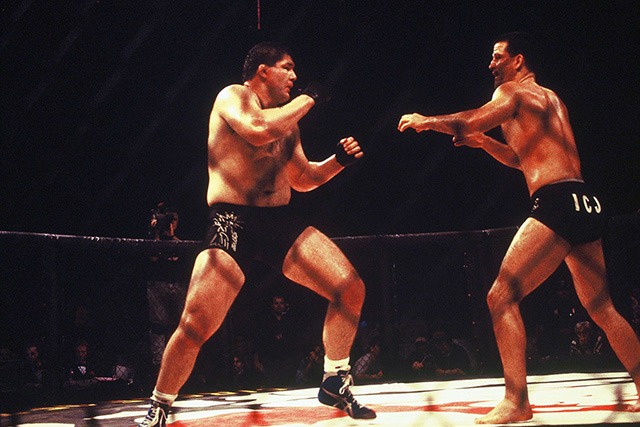
Nowadays, Vale Tudo events such as International Vale Tudo Championship and the World Vale Tudo Championship exist under very specific rules. Vale Tudo developed alongside BJJ and the two arts had a bitter rivalry, followed by many challenges and fights between representatives.
-
Luta Livre
Luta Livre is the freestyle wrestling of Brazil. That’s about as easy as explaining I can get. As such, it is another of the Brazilian Martial Arts that got famous during the rise of BJJ due to a fierce rivalry. In fact, that rivalry still exists today, although Luta Livre is nowhere near BJJ in terms of worldwide reach and recognition.
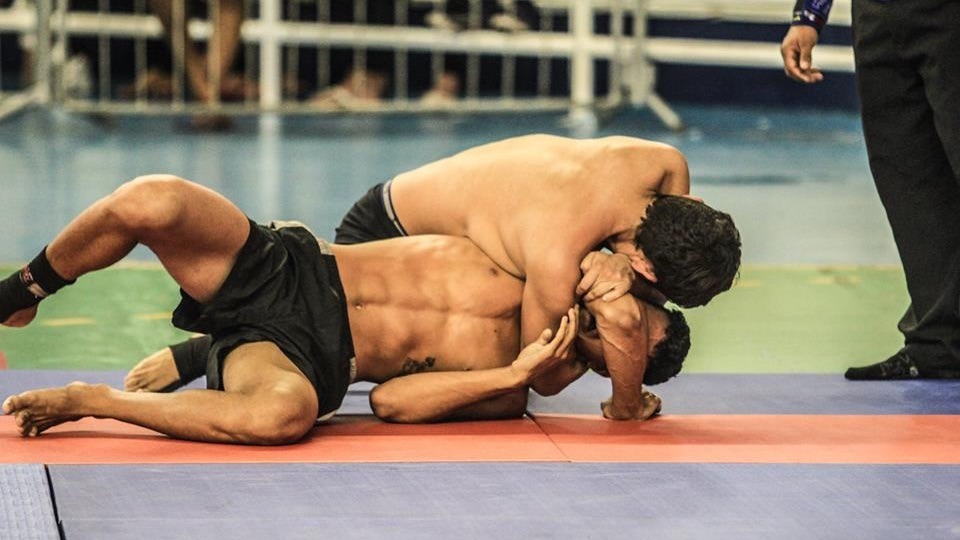
-
Maculele
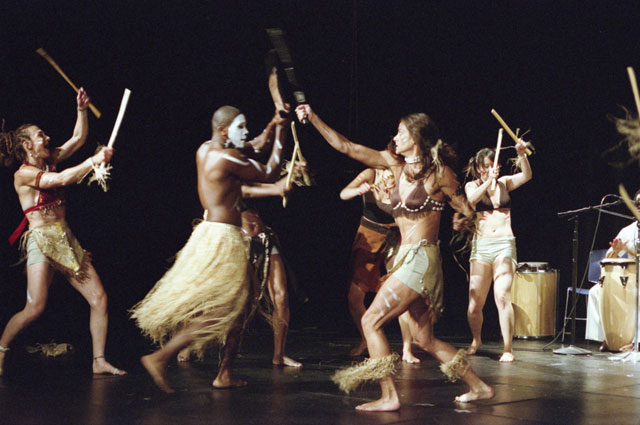
Maculele is very strongly rooted in the indigenous culture in Brazil. To this day there are different tales and stories of Maculele hero fighters using it to do good. Today, Maculele is mostly entwined with Capoeira and trained as the same martial art, given their similarity.
-
Kombato
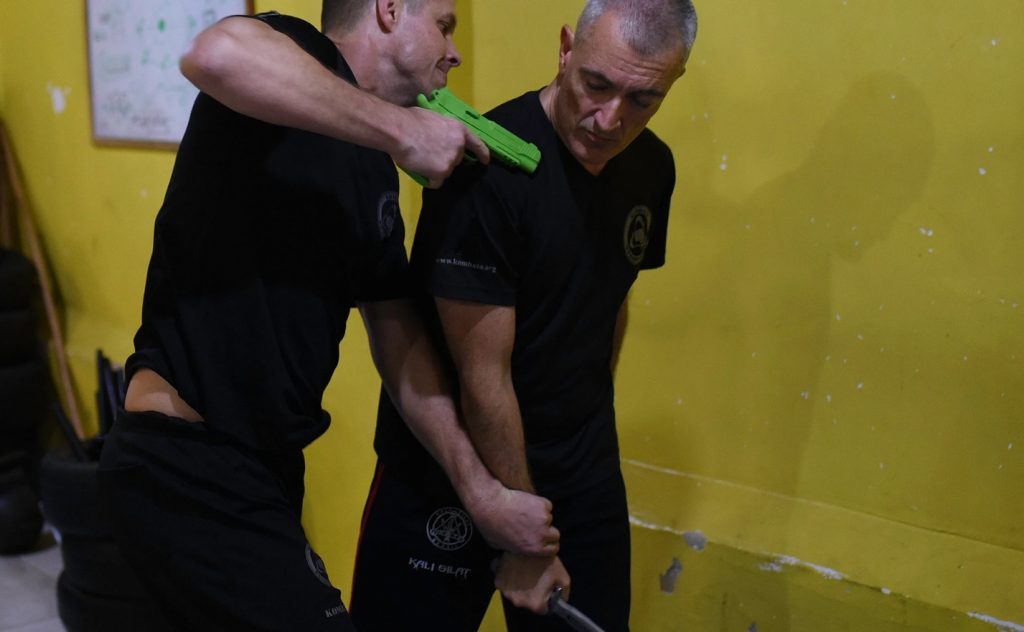
-
Huka Huka
The last of the Brazilian Martial Arts we have here today is Huka Huka or Brazilian folkstyle wrestling. It is mostly unknown to the general public and has roots in the Mato Grosso area, with the Bakairi and Xingu people. It is very popular in this region of Brazil and is part of large people’s games that take place annually.
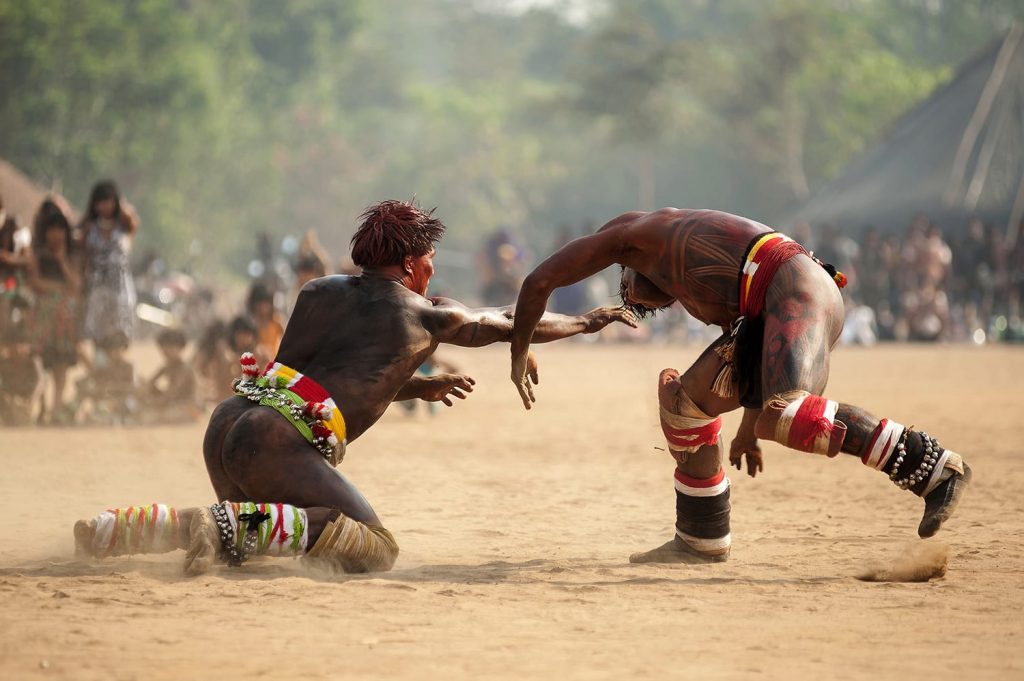
Wrapping Up
As is evident above there are plenty more Brazilian Martial arts than just BJJ and Capoeira. Some are impossible to train in their original form today, ike Maculele. Others have a practical application like Kombato or are close to MMA like Vale Tudo. All in all, Brazil does have a population that’s not shy of a fight, and they do have plenty of ways to ensure a fight goes their way!


![Darce Choke Encyclopedia – Origins, Mechanics and Variations [2025] BJJ, choke, Brabo, BJJ Darce Choke, D'arce Choke, Darce BJJ Choke](https://bjj-world.com/wp-content/uploads/2017/11/JungPoirierLeeYahoo-218x150.jpg)









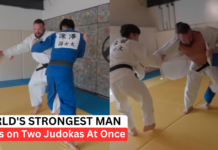

![Slicin’ Calves Mikey Musumeci DVD Review [2025] Slicin' Calves Mikey Musumeci DVD Review](https://bjj-world.com/wp-content/uploads/2025/04/slicin-calves-mikey-musumeci-dvd-review-218x150.png)
![Jiu-Jitsu For Old Guys Guard Retention Bernardo Faria DVD Review [2025] Jiu-Jitsu For Old Guys Guard Retention Bernardo Faria DVD Review](https://bjj-world.com/wp-content/uploads/2025/03/old-guys-guard-retention-bernardo-faria-dvd-review-218x150.png)
![X-Guard Trickery Kyle Sleeman DVD Review [2025] X-Guard Trickery Kyle Sleeman DVD Review](https://bjj-world.com/wp-content/uploads/2025/03/x-guard-trickery-kyle-sleeman-dvd-review-218x150.png)
![Countering with Crab Ride Anthony Budion DVD Review [2025] Countering with Crab Ride Anthony Budion DVD Review](https://bjj-world.com/wp-content/uploads/2025/03/countering-with-crab-ride-anthony-budion-dvd-review-218x150.png)
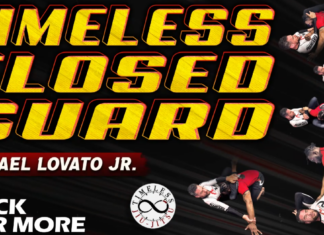
![Jeff Glover DVD Bundle Review: Chokin’ Around With Uncle Jeff [2024] Jeff Glover DVD Bundle Review: Chokin' Around With Uncle Jeff](https://bjj-world.com/wp-content/uploads/2024/10/jeff-glover-dvd-bundle-review-chokin-around-100x70.png)



![Trip Throw Dilemma Michael Pixley and Heath Pedigo DVD Review [2024] Trip Throw Dilemma Michael Pixley and Heath Pedigo DVD Review](https://bjj-world.com/wp-content/uploads/2024/10/trip-throw-dilemma-michael-pixley-dvd-review-100x70.png)
![Roger Gracie Guard Passing System DVD Review [2025] Roger Gracie Guard Passing System DVD Review](https://bjj-world.com/wp-content/uploads/2025/02/roger-gracie-guard-passing-system-dvd-review-100x70.png)
![Standing Leg Entries Alex West DVD Review [2025] Standing Leg Entries Alex West DVD Review](https://bjj-world.com/wp-content/uploads/2025/03/standing-leg-entries-alex-west-dvd-review-100x70.png)


![Old School BJJ Ricardo Cavalcanti Fundamentals DVD Review [2024] Old School BJJ Ricardo Cavalcanti Fundamentals DVD Review](https://bjj-world.com/wp-content/uploads/2024/09/old-school-bjj-ricardo-cavalcanti-dvd-preview-100x70.png)
![Henry Akins Black Hole No-Gi Closed Guard DVD Review [2024] Henry Akins Black Hole No-Gi Closed Guard DVD Review](https://bjj-world.com/wp-content/uploads/2024/09/henry-akins-black-hole-no-gi-closed-guard-dvd-review-100x70.png)
![Double Sleeve Guard Jon Thomas BJJ DVD Review [2024] Double Sleeve Guard Jon Thomas BJJ DVD Review](https://bjj-world.com/wp-content/uploads/2024/10/double-sleeve-guard-jon-thomas-bjj-dvd-review-100x70.png)
![No-Gi Open Guard K-Guard Lachlan Giles DVD Review [2024] No-Gi Open Guard K-Guard Lachlan Giles DVD Review](https://bjj-world.com/wp-content/uploads/2024/12/no-gi-open-guard-k-guard-lachlan-giles-dvd-review-100x70.png)
![Slicin’ Calves Mikey Musumeci DVD Review [2025] Slicin' Calves Mikey Musumeci DVD Review](https://bjj-world.com/wp-content/uploads/2025/04/slicin-calves-mikey-musumeci-dvd-review-100x70.png)
![Zen Guide To Submission Grappling Margot Ciccarelli DVD Review [2025] Zen Guide To Submission Grappling Margot Ciccarelli DVD Review](https://bjj-world.com/wp-content/uploads/2025/02/submission-grappling-margot-ciccarelli-dvd-preview-100x70.png)









![Unpinnable Mount Escape Mastery Haleem Syed DVD Review [2025] Mount Escape Mastery Haleem Syed DVD Review](https://bjj-world.com/wp-content/uploads/2025/01/mount-escape-mastery-haleem-syed-dvd-review-100x70.png)
![Simplify the System Side Scissor Brian Glick DVD Review [2024] Simplify the System Side Scissor Brian Glick DVD Review](https://bjj-world.com/wp-content/uploads/2024/09/side-scissor-brian-glick-dvd-review-2024-100x70.png)

![Advantage Over Time Outside Passing Jozef Chen DVD Review [2025] Advantage Over Time Outside Passing Jozef Chen DVD Review](https://bjj-world.com/wp-content/uploads/2025/03/outside-passing-jozef-chen-dvd-review-100x70.png)